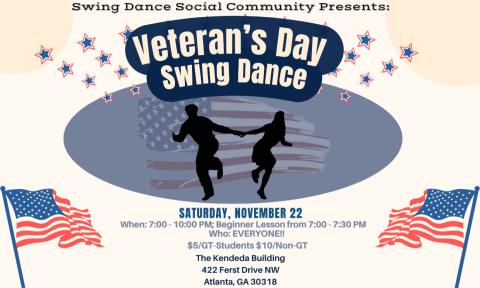All
Faculty/Staff
Public
Graduate students
Undergraduate students
